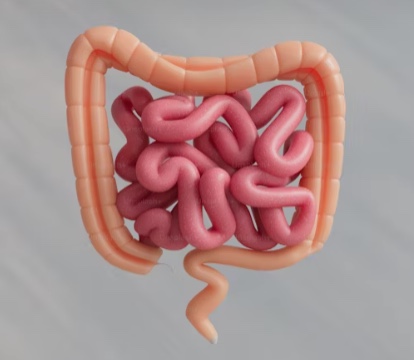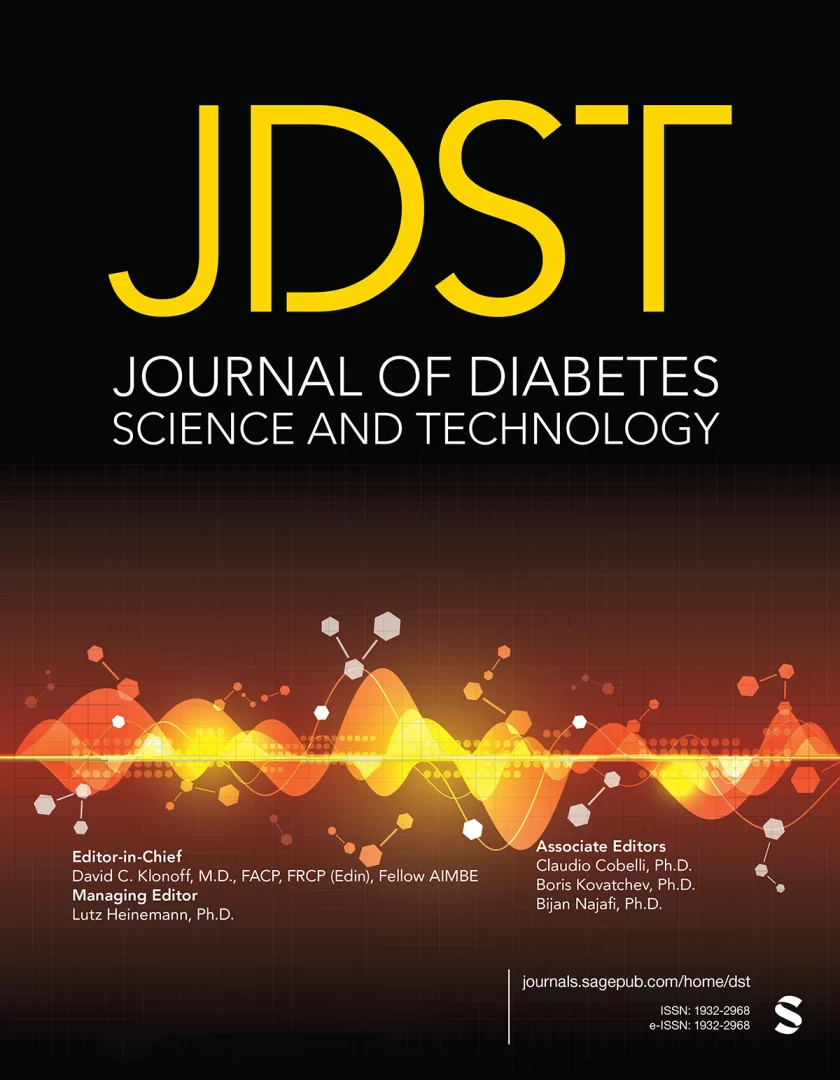A Detailed Map of the Gut: Understanding Cells in Health and Disease

Original Article: https://www.nature.com/articles/s41586-024-07571-1
Mapping the Cells of the Gut
The gastrointestinal (GI) tract is a system of organs that digests food, absorbs nutrients, and protects the body from harmful invaders. To better understand how the GI tract works in both health and disease, researchers analyzed genetic data from 25 studies using single-cell RNA sequencing (scRNA-seq). This advanced technology looks at the genetic activity of individual cells. By processing 385 samples from 189 healthy people, they created a detailed atlas with data from more than 1 million cells. They expanded this map by adding an additional 12 datasets covering disease of the GI tract.
This map, available on gutcellatlas.org, identifies 136 unique cell types along the GI tract. It allows scientists to compare cells in different regions and understand how they change in diseases like Crohn’s disease, ulcerative colitis, and gastrointestinal cancers, which together affect millions of people worldwide. For example, over 7 million people globally live with inflammatory bowel diseases, and each year, about 2 million new cases of colorectal cancer are diagnosed.
New Discoveries in Gut Diseases
The atlas helps us to better understand new findings about how inflammation changes cells in the gut. For example, in healthy intestines, cells called epithelial cells line the walls and originate from stem cells. These cells absorb nutrients and protect the tissue. However, in diseases like Crohn’s and ulcerative colitis, these epithelial cells transform into a new type called INFLAREs (inflammatory epithelial cells).
- Researchers found about 10–20% of cells in inflamed tissues belong to this group. These INFLAREs likely form to help repair tissue damage but instead contribute to making inflammation worse by attracting immune cells such as T-cells and neutrophils. This process creates a cycle where inflammation causes more cell changes, worsening the disease.
Why This Matters
This research highlights how diseases can alter the basic behavior of stem cells, the source of new cells in the gut lining. In healthy tissue, stem cells produce normal epithelial cells, but in inflamed tissues, they shift to creating INFLAREs. These changes can disrupt tissue structure, prolong inflammation, and even increase the risk of developing cancers over time.
The GI atlas is an important tool for scientists to study these processes in detail. It may help identify new treatments by targeting the molecules and pathways involved in these cell changes. This resource will also support research into other conditions, offering insights into how tissues respond to injury and inflammation throughout the body.

